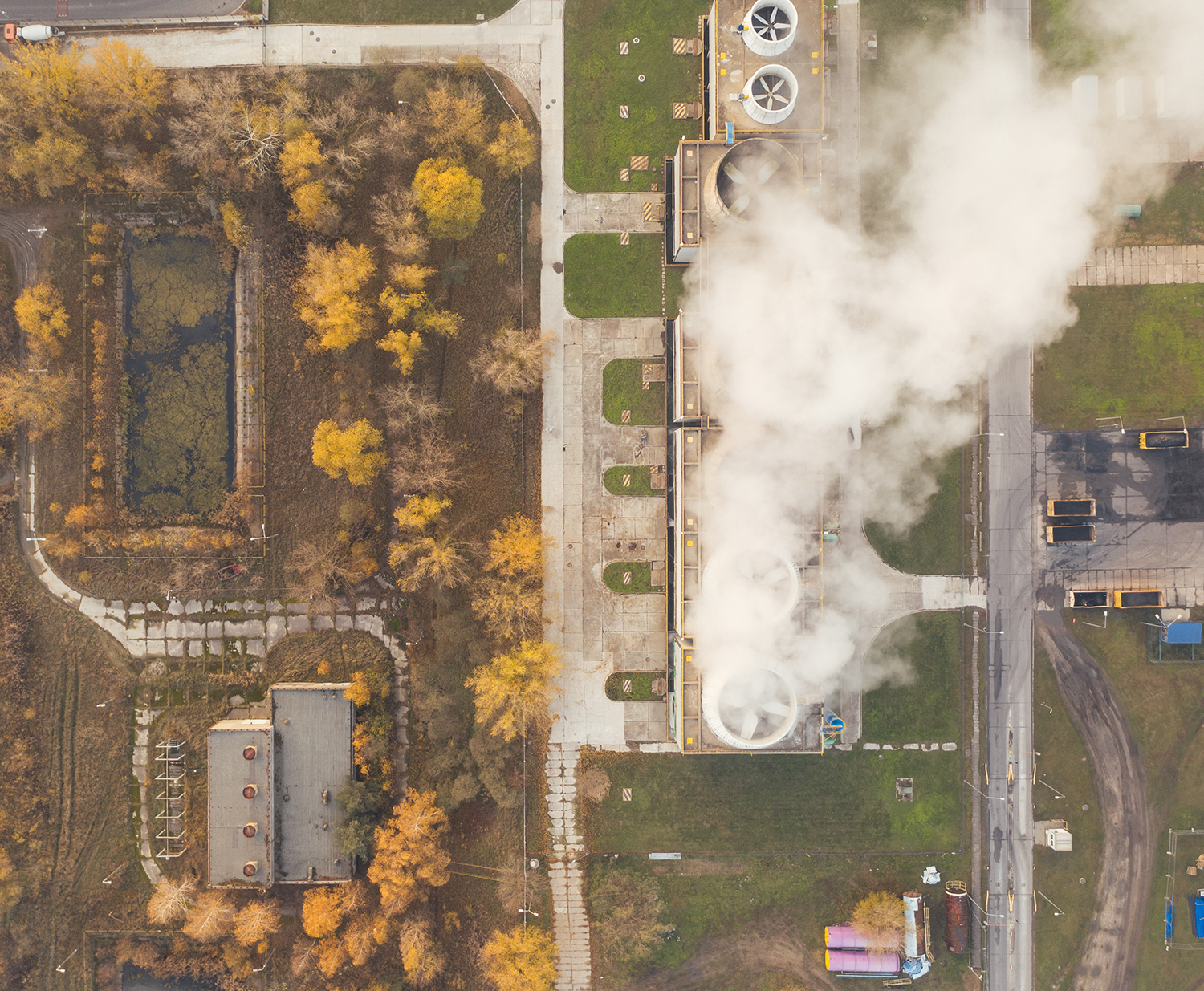What do we know about the environmental impact of biocomposites?
Bio-based materials are an alternative to those derived from fossil resources. They have been increasingly promoted in recent years. However, given the recent development of this sector, their real environmental impact is still relatively unknown. Joana Beigbeder, researcher in environmental analysis at IMT Mines Alès, provides an update on the life cycle analysis (LCA) of these emerging materials.
Although bio-based materials are presented as an effective alternative to their petroleum-based predecessors, the details of their environmental impact are still not well known. Plant-based materials are certainly an improvement for some impacts, such as carbon footprint, but it can be trickier when it comes to soil use or soil pollution, for example. To get to the bottom of this, life cycle analysis is an indispensable tool.
Joana Beigbeder, researcher in environmental impacts at IMT Mines Alès, is working on the life cycle analysis of these new bio-based materials, particularly biocomposites. The objective is to compare the environmental impact of different scenarios, either between bio-based and petroleum-based materials, or according to the different stages of the life cycle of the same material. The researcher says, “the focus of life cycle analysis is to study several environmental impacts in parallel and to identify possible transfers of pollution throughout the life cycle of a product”.
Different sources of impact
With regard to environmental impact, some points seem obvious. If we only look at carbon footprint, it seems obvious that bio-based materials are more beneficial than their petroleum-based cousins. But the reality is more complex because there are many variables to consider. “Carbon impact is a well-known indicator, but we must also take into account the different impacts of pollution, human toxicity, soil or water pollution or global warming”, says Joana Beigbeder. Take the automotive sector, for example. If for the same function, a part made of bio-based material has a higher weight, it will require more energy to use and will not necessarily be beneficial. “It may be a better solution from an environmental point of view, but that’s precisely what the LCA will tell us,” she says.
Some points seem more obvious, such as the consumption of fossil resources and the impact on global warming in general. Plant materials absorb CO2 during their growth, which gives them an undeniable advantage. That said, their growth implies an agricultural impact, especially on land use. “Depending on the type of crop, this can lead to soil pollution. Generally, the more fertilizers and additives that are required for growth, the less beneficial some of the impacts will be,” says Joana Beigbeder. This brings up a new issue that does not exist with petroleum-based materials.
“It’s always a case of compromising, and we look for ways to improve the process or the product,” says the researcher. “Plants, such as flax or hemp, require little or no input and are therefore a preferred option. But the material is only one area for improvement when it comes to eco-design”, she notes. To reduce the environmental impact of a product, lightening its weight and extending its lifespan are key points. This can include the reparability of the product, or even new concepts such as prioritizing the use of the product over the purchase of the product.
“There is also a question of ecological common sense, if we study a disposable product, reusable or compostable materials will be favored,” says Joana Beigbeder. One research topic includes the development of compostable diapers and band-aids, a promising step in reducing plastic pollution.
Predicting potential impacts
“Life cycle analysis study is really done on a case-by-case basis depending on the service provided by a product,” says Joana Beigbeder. To estimate the consumption of solvents or the chemical synthesis of materials, the researcher uses previous scientific publications and mathematical models. But in some areas, data is missing. “We sometimes have to use fairly strong approximations on certain impacts, but this still allows us to map trends and areas for improvement,” she maintains. This can be the case for the production of plant fibers, as well as for their disposal at the end of their use.
As these materials do not yet have a major presence on the market, there are currently no channels for processing the resulting waste. In fact, there is no data on the environmental impact of the incineration, landfill, or pollution from these newly emerging materials. “To estimate these impacts, we assimilate them to other, better-known closely-related materials on which we have data, to develop our hypotheses,” she explains. This work also generates new data for LCA such as recycling simulations for end-of-life treatment.
“Some bio-based materials are at the laboratory stage today, and it’s still hard to imagine what will happen at the industrial stage,” says Joana Beigbeder. The researcher then works on predictions: she imagines scenarios for materials that are not yet on the market and analyzes whether this has any impact on an environmental level. Also, given the recent nature of the bio-materials sector, their production will be less optimized than that of traditional petroleum-based materials which have evolved and improved. “This works against the newer materials, as they will need to go through several developmental stages,” she points out.
This research is essential for the development of sustainable alternatives to conventional materials and is part of an overall vision to meet the challenges of plastic pollution. “A lot of research is focused on the development of new materials with a smaller environmental impact. The VOICE project, for example, launched in 2018 in partnership with Innovation Plasturgie Composites, Silvadec, IMT Mines Alès and funded by ADEME, focuses on the recycling of biocomposite decking. Or the Agrobranche project, which brings together 8 French partners[1], and focuses on, among other things, the study of bio-based reinforcements from agroforestry,” she concludes. These two projects reflect the blossoming of new emerging materials and the current development of research to find sustainable alternatives to the plastic problem.
[1] Scop Agroof (coordinator), IMT Mines Alès, CIRAD BiowooEB, LERMAB, FRD, CRA Bretagne, CIRAD AMAP, INRA SPO
Tiphaine Claveau


